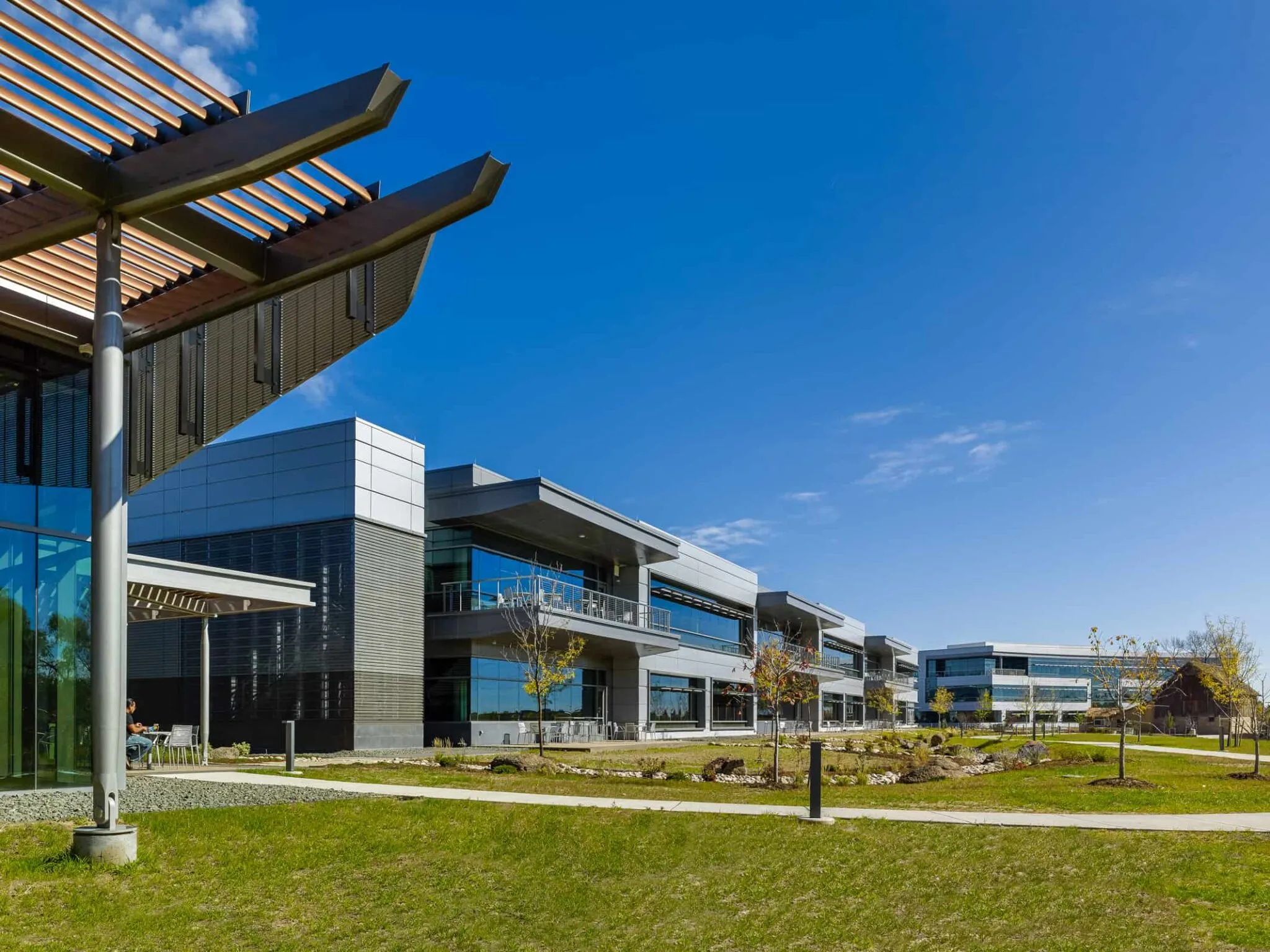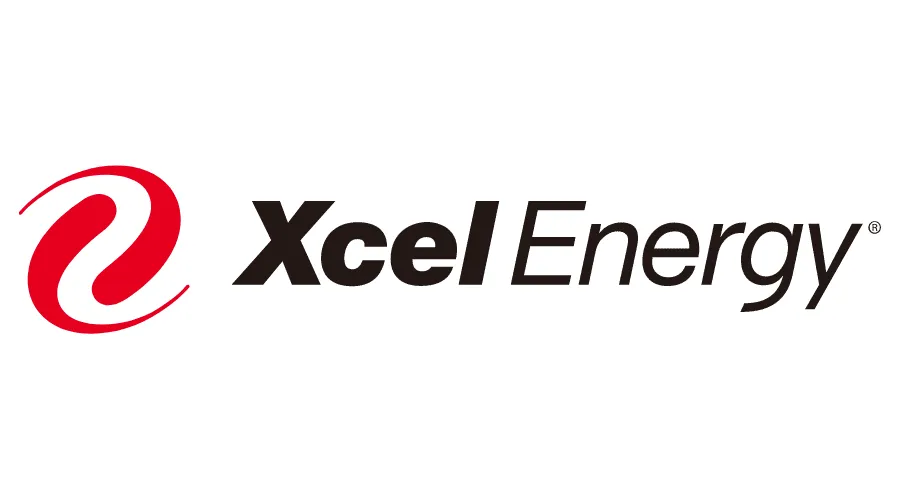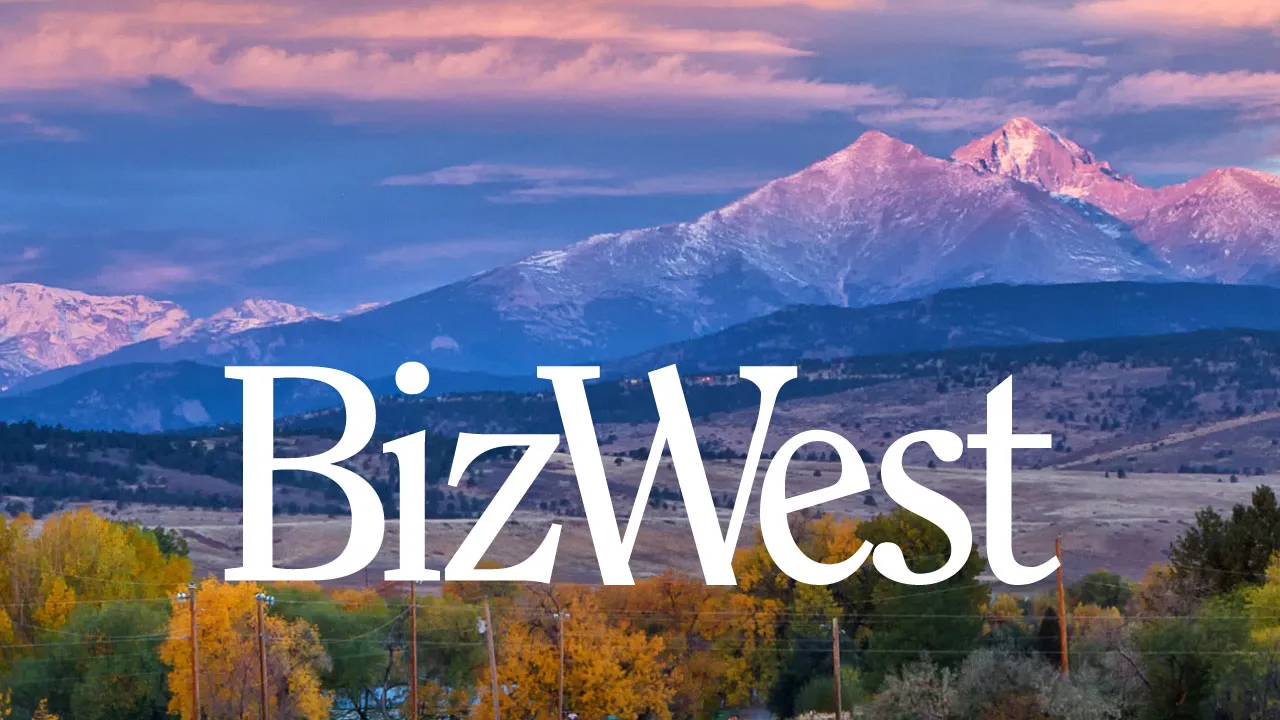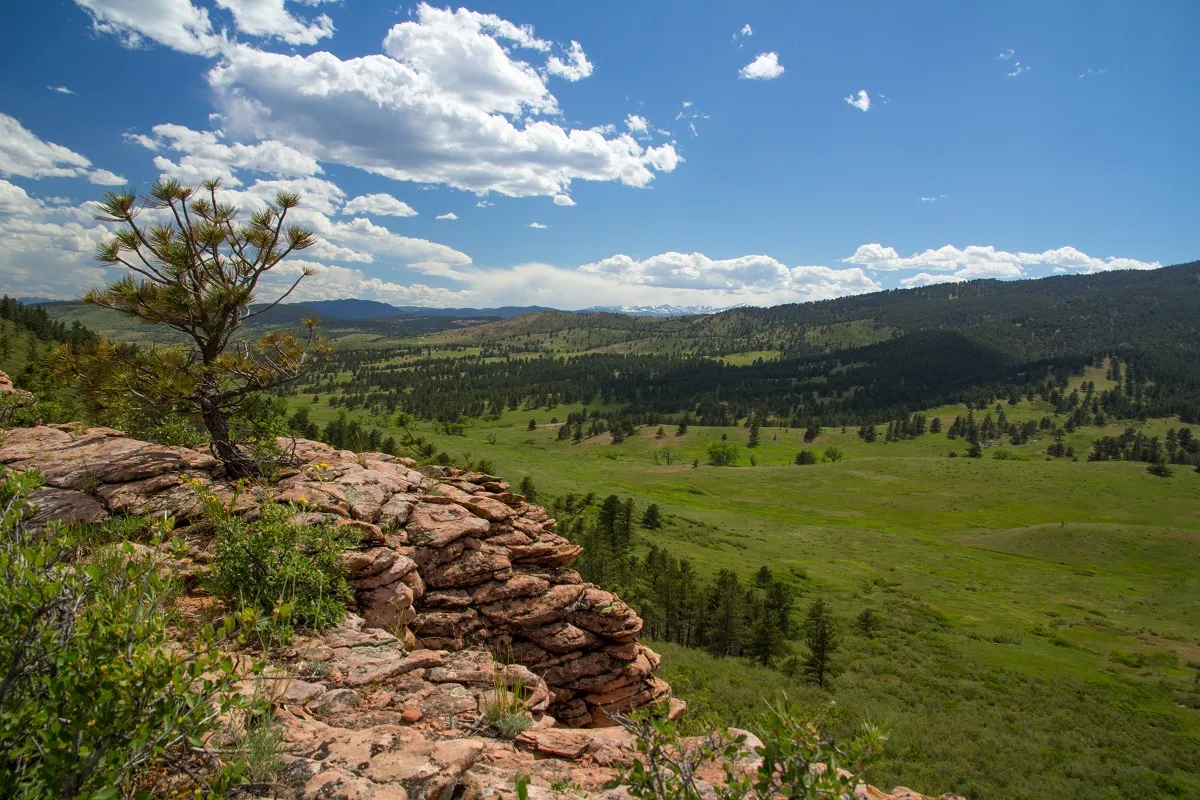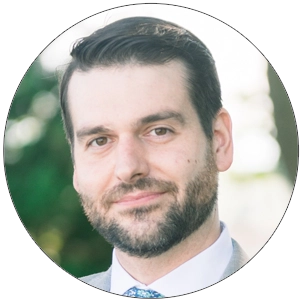Companies, government agencies, researchers partner on water-quality, -quantity improvements
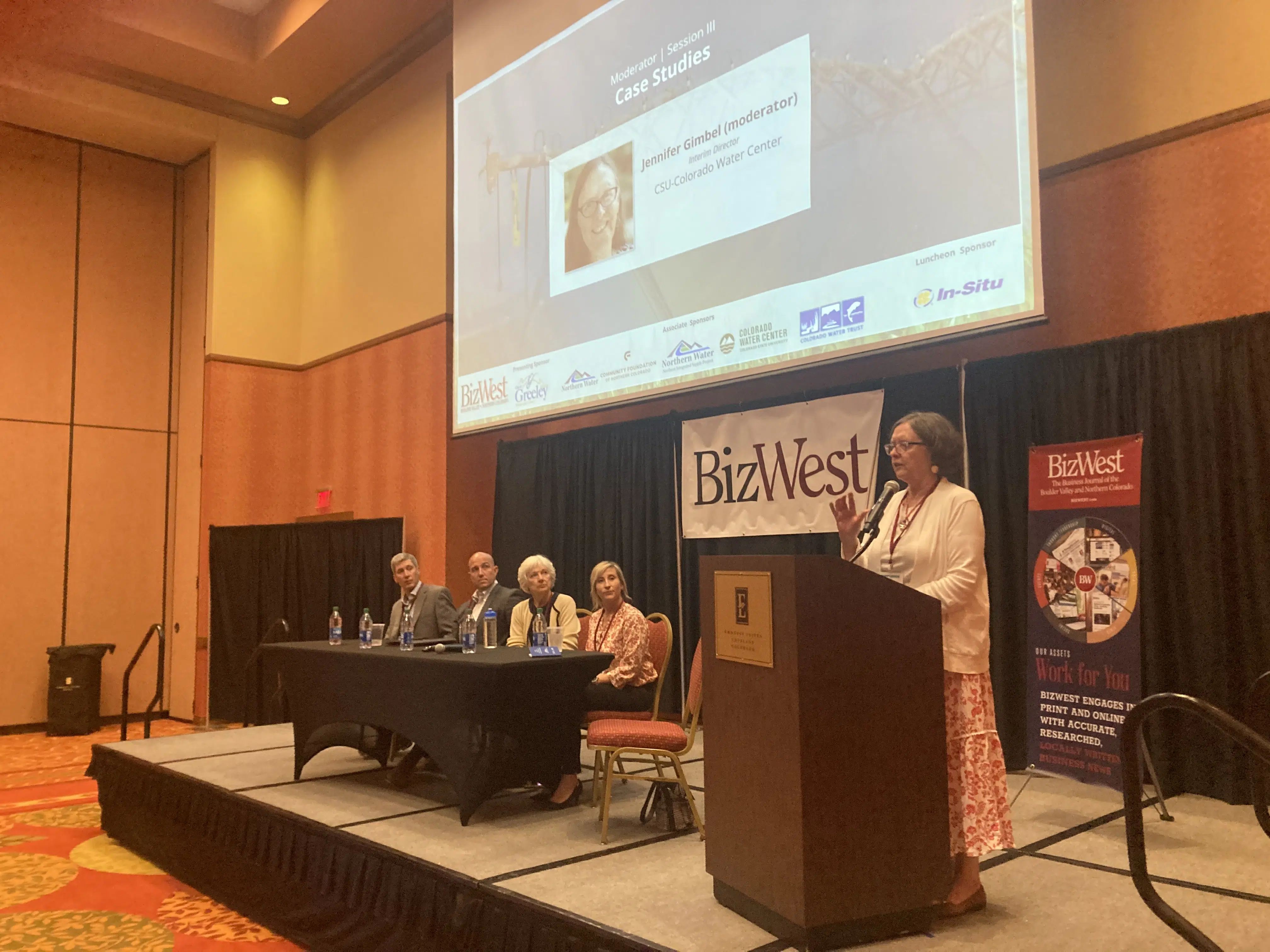
LOVELAND — Talking about water issues is important — dozens of participants flocked to BizWest’s 2022 Confluence Colorado Water Summit event on Thursday, after all — but to make a difference, that talk needs to result in action.
Fortunately for Northern Colorado’s water future, there are local companies, nonprofit organizations, government agencies and university researchers who are collaborating on a host of water-quality and water-quality improvement efforts.
Representatives from a handful of such groups broke down case studies for some of those efforts during a panel discussion at the event in Loveland. The panel was moderated by Colorado State University’s Colorado Water Center interim executive director Jennifer Gimbel.
SPONSORED CONTENT
The need for conservation activities is especially acute in Northern Colorado, the Boulder Valley and other parts of Colorado’s Front Range. That’s because 80% of the state’s rain falls on the western side of Continental Divide, while 90% of the population lives on the eastern side, Colorado Watershed Assembly executive director Casey Davenhill said.
Davenhill’s group has recently been active in updating the 15-year-old Colorado Water Plan and developing the South Platte Basin Implementation Plan, which has identified 282 projects of need at an estimated cost of nearly $10 billion.
On a bit smaller scale, Fort Collins-based water-quality and -quantity instrumentation manufacturer In-Situ Inc. teamed up with Fort Collins city staff and Colorado State University researchers to install and maintain water-quality monitors, real time telemetry and alarm systems along a stretch of the Cache la Poudre River.
The effort came after an unexpected fish kill in 2018 and has resulted in parts of the Poudre becoming some of the best-monitored river waters in the country, In-Situ sales manager Eric Robinson said.
While groups in Fort Collins work to better monitor the health of local waterways, others in the region have played significant roles in projects that actively seek to improve that health, such as the Big Thompson Confluence Mitigation Bank and Middle South Platte River Restoration Master Plan.
The overall goal of such projects is to “restore the area to its more historic, natural condition,” while boosting flood resilience, GEI Consultants Inc. senior regulatory specialist Lucy Harrington said.
From a local government perspective, Northern Colorado “municipalities are looking for alternatives” to Colorado-Big Thompson water rights, which have risen steeply in cost over the past decade-plus, WestWater Research Rocky Mountain regional director Adam Jokerst said.
Large reservoir projects can provide long-term stability, but the permitting process is time-consuming and expensive.
“There is no certainty until the very end whether you’re going to get a permit,” Jokerst said.
Less traditional approaches for municipalities include potable reuse (such as the Prairie Waters Project by Aurora Water), alluvial groundwater projects (such as the Box Elder Project in Castle Rock), and ag-muni partnerships (such as the Platte Valley Water Partnership).
“These are the types of projects that might be more prevalent in the future,” Jokerst said.
LOVELAND — Talking about water issues is important — dozens of participants flocked to BizWest’s 2022 Confluence Colorado Water Summit event on Thursday, after all — but to make a difference, that talk needs to result in action.
Fortunately for Northern Colorado’s water future, there are local companies, nonprofit organizations, government agencies and university researchers who are collaborating on a host of water-quality and water-quality improvement efforts.
Representatives from a handful of such groups broke down case studies for some of those efforts during a panel discussion at the event in Loveland. The panel was moderated by Colorado State University’s Colorado Water…

